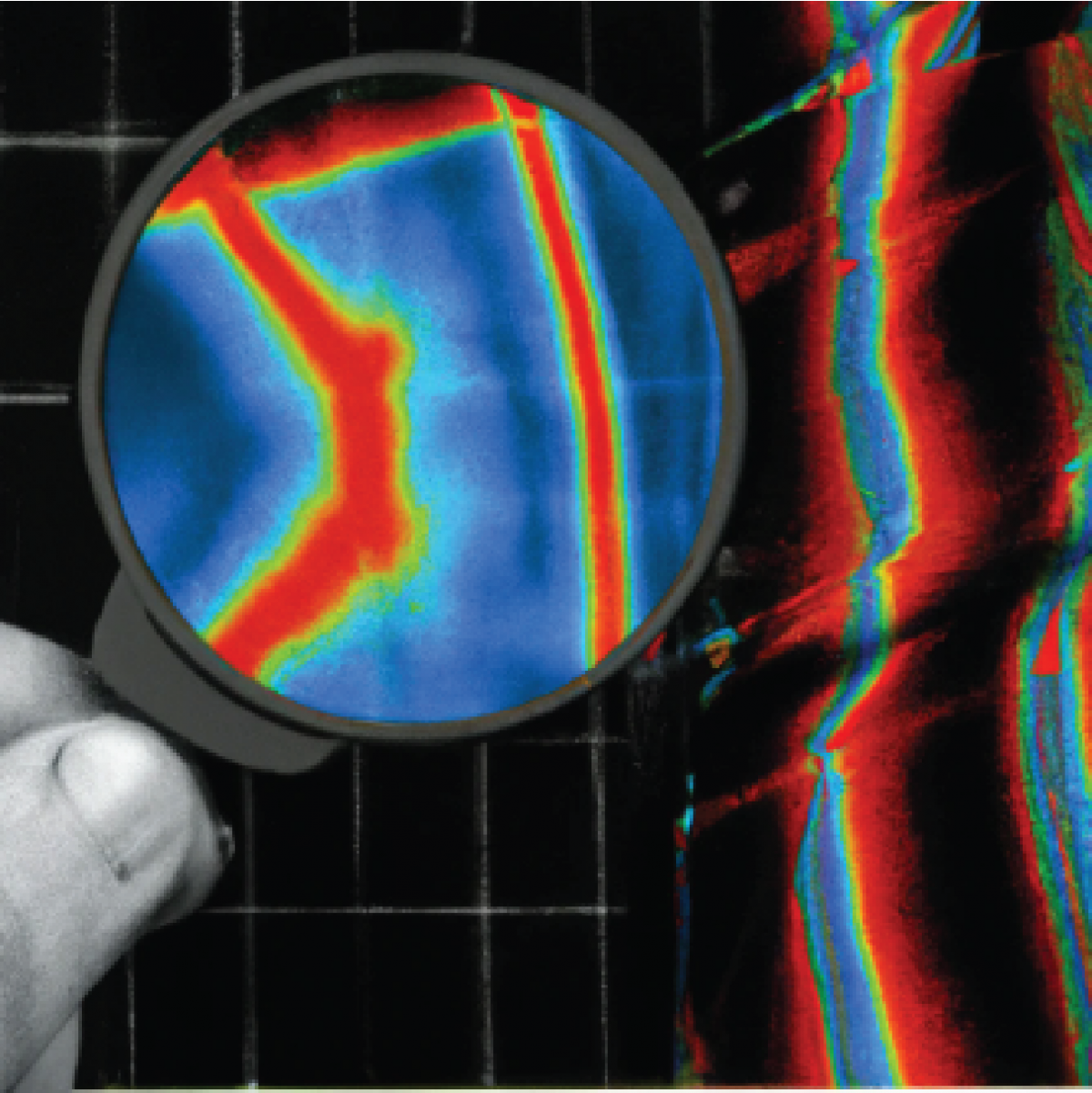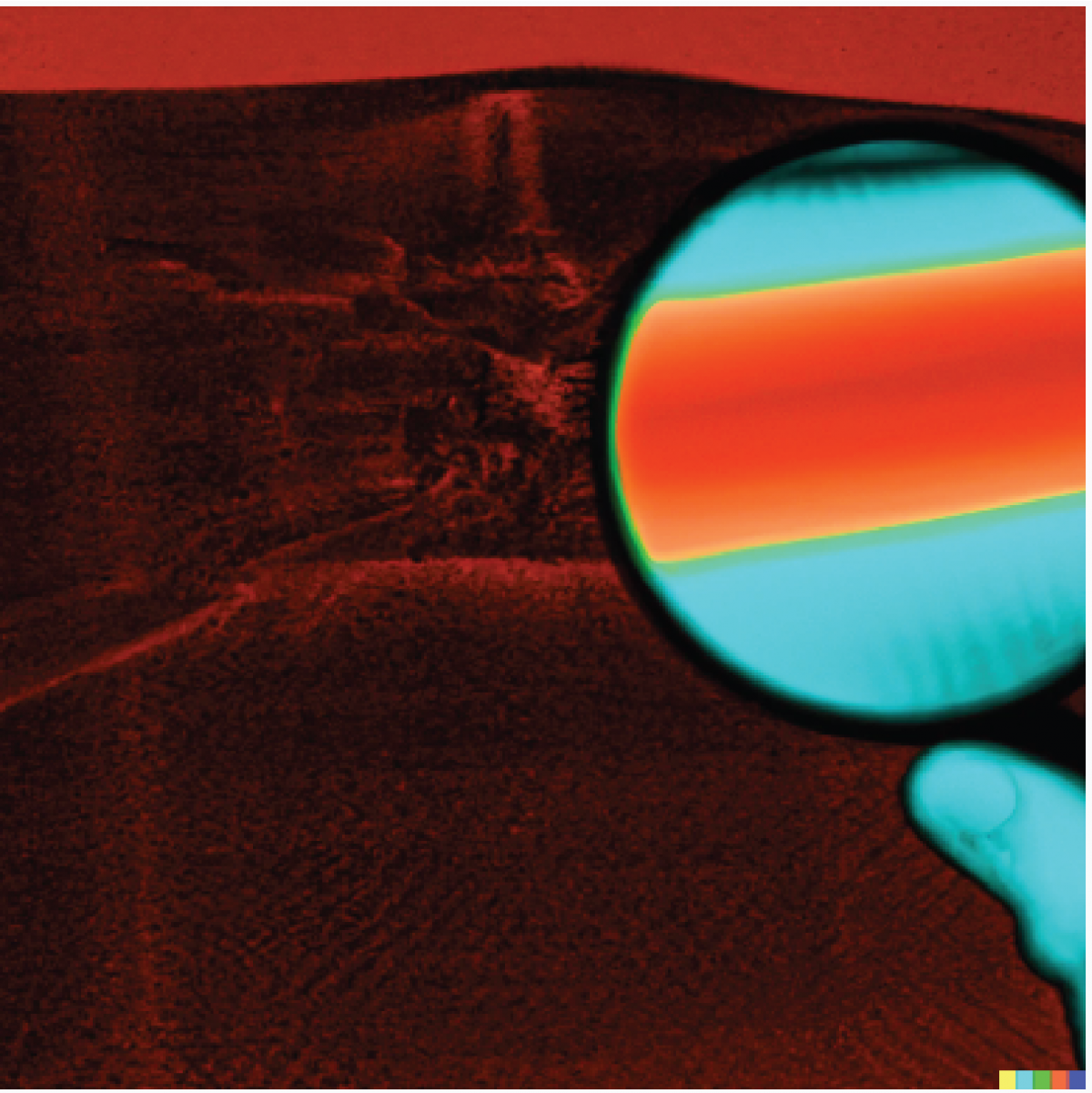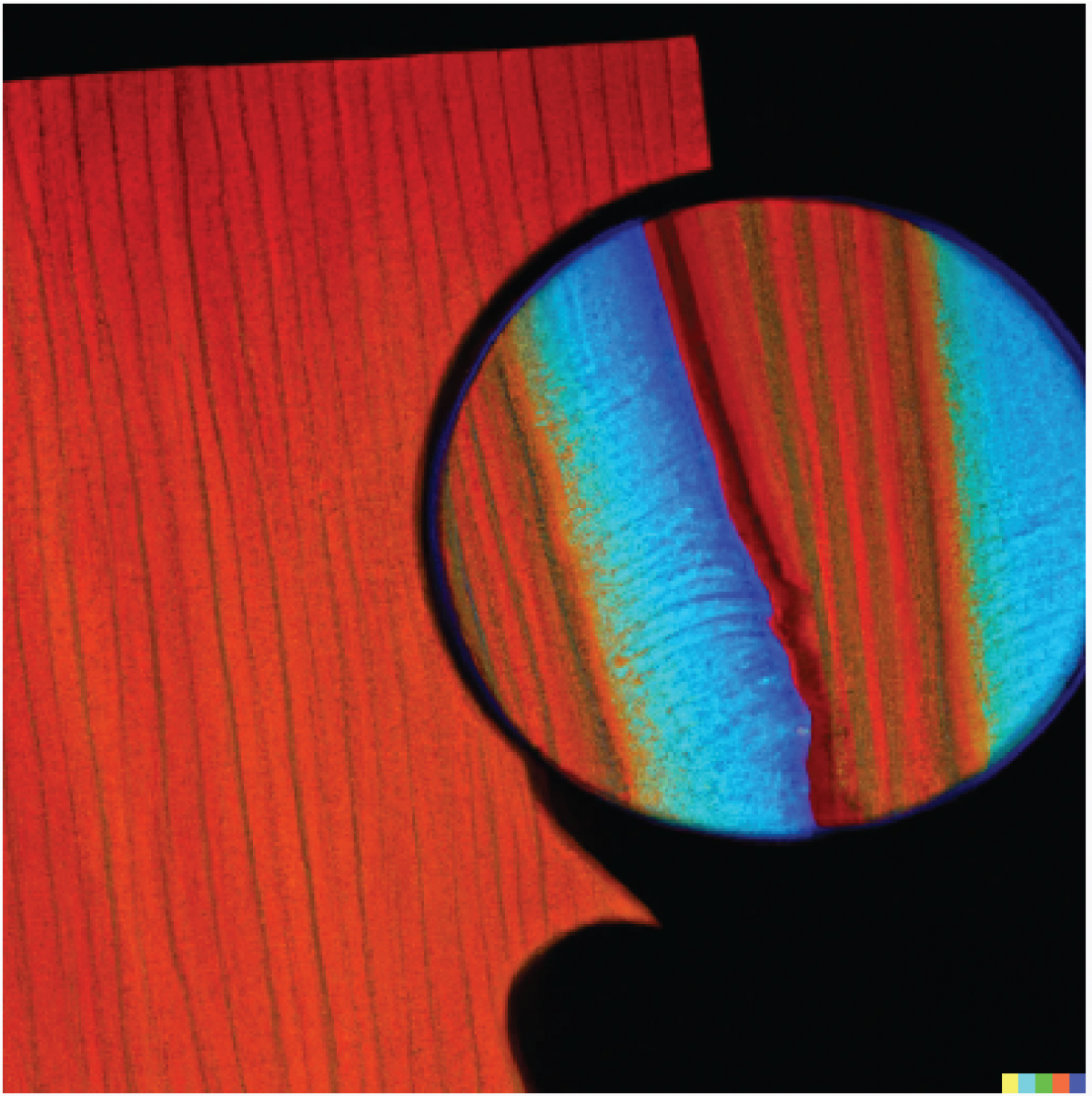
Detection of Anomalies in TEXtile prints and designs (DATEX)
Background
The technical textile sector plays an important role in the global textile industry; in 2018, the Belgian textile sector realized a turnover of €6.1 billion, of which €2.2 billion by the technical textiles segment, with 7,600 employees. As competition from lower-wage countries increases, it becomes more and more important, not only for Belgian textile and laminate producers and finishers, but also for SMEs involved in the production of coated/laminated products, prints and designs (e.g., wallpaper) to consistently guarantee a high-quality product.


Quality inspection of coated/laminated products, including coated textiles, but also laminate, decorative panels, and packaging has historically been performed by people, watching rolls or panels pass over a light table or conveyor belt system, and manually flagging imperfections. Anomalies (e.g., delamination) in coated/laminated products are typically determined via radioactive sources. As both methods present problems, (inspection by humans is time-consuming and imprecise, inspection by radioactive sources is being legally phased out) a transition to automated inspection is taking place. This typically makes use of different cameras, coupled with libraries of anomalies in printing patterns and designs, to alert the user when something has gone wrong.
The Tetra project DATEX seeks to help realize this transition, by illuminating and illustrating the benefits of such systems.
Aim of the project
The aim of DATEX is to demonstrate how machine learning and machine vision are combined to produce flexible and accurate quality inspection systems, which can be deployed in a range of textile manufacturing setups. In DATEX machine vision is seen as a combination of camera systems that use the wavelength spectrum of electromagnetic waves between the UV and long wave infrared spectrum, (250 nm-140 µm) complemented with extensive data analysis. The combination of different camera systems can be used to replace and/or enhance existing quality inspection systems, easing the transition to more automated textile inspection. The data analysis will be used for a machine learning system allowing for the detection of anomalies and errors in coated/laminated products, prints and designs. Once the illustrative system is set up, investigations will be made into the possibility of incorporating the machine into a broader predictive maintenance framework.

Consortium
The consortium consists of Antwerp University (UAntwerp) and Centexbel.
UAntwerp will focus on the camera systems and machine learning algorithms, whereas Centexbel will focus on the textiles, both coated and uncoated.
Guidance Group
The Guidance Group consists of all related companies: coaters, weavers, machine builders, etc.
Contact
Gertrude Kignelman, Centexbel - gki@centexbel.be
Gunther Steenackers, UAntwerpen - gunther.steenackers@uantwerpen.be
Or fill in the form below:


